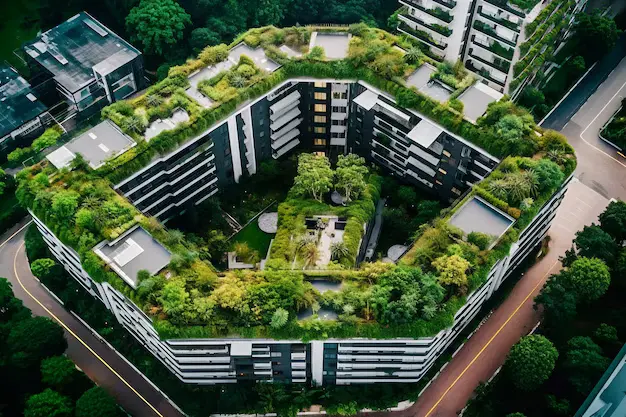The Cheney Park Sustainability Project represents a groundbreaking effort to create an environmentally responsible community space. Located in the heart of Cheney Park, this initiative aims to blend ecological health with community engagement. By focusing on sustainable practices, the project not only enhances the local environment but also fosters a sense of belonging among residents. This article delves into the objectives, practices, and benefits of this inspiring project.
Objectives of the Project
The Cheney Park Sustainability Project has several key objectives designed to promote sustainability and improve community interaction:
Enhancing Green Spaces: The project aims to expand and enhance existing green spaces, creating more habitats for wildlife. This includes planting native trees and shrubs that support local flora and fauna, improving biodiversity in the area.
Water Conservation: One of the critical challenges faced by urban areas is stormwater management. This project introduces rain gardens and permeable surfaces throughout the park. These features help absorb rainwater, reduce runoff, and prevent flooding, ultimately conserving valuable water resources.
Community Involvement: Engaging the local community is vital for the project’s success. The initiative encourages residents to participate in various activities, such as tree planting days, clean-up events, and educational workshops. This fosters a strong community bond while promoting environmental stewardship.
Educational Programs: Education plays a crucial role in sustainability. The project offers workshops and resources aimed at informing residents about sustainable practices. Topics include composting, water conservation, and native gardening, empowering individuals to make eco-friendly choices.
Sustainable Practices Implemented
To achieve its objectives, the Cheney Park Sustainability Project incorporates a range of sustainable practices that benefit both the environment and the community:
Native Plant Landscaping: Utilizing native plants reduces water usage and supports local ecosystems. These plants are better adapted to the local climate, requiring less maintenance and fewer resources.
Renewable Energy: The project features solar panels installed at strategic locations in the park. These panels provide clean energy for park facilities, reducing reliance on fossil fuels and lowering greenhouse gas emissions.
Recycling Stations: Conveniently placed recycling bins throughout the park encourage visitors to dispose of waste responsibly. This simple measure promotes recycling habits among residents and visitors alike.
Sustainable Pathways: The pathways in the park are constructed from recycled materials, minimizing environmental impact. These pathways provide safe, accessible routes for pedestrians and cyclists while reducing the need for new resources.

Community Engagement and Benefits
Community involvement is a cornerstone of the Cheney Park Sustainability Project. Local residents are encouraged to engage in various ways, enhancing the project’s success and ensuring it meets community needs. Some of the key benefits of community engagement include:
Sense of Ownership: When residents participate in the project, they develop a sense of ownership over the park. This feeling encourages them to care for the environment and take pride in their community.
Social Connections: The project serves as a platform for social interaction. Community events bring people together, fostering friendships and connections among neighbors.
Health and Well-being: Access to green spaces has been shown to improve mental health and well-being. The Cheney Park Sustainability Project creates areas for recreation and relaxation, promoting a healthier lifestyle.
Educational Opportunities: Workshops and events provide residents with valuable knowledge about sustainability. This education empowers individuals to adopt environmentally friendly practices at home.
Monitoring and Evaluation
To ensure the project remains effective and meets its goals, a robust monitoring and evaluation plan is in place. This plan includes:
Regular Assessments: The project will conduct regular assessments of biodiversity, water quality, and community engagement. This data-driven approach allows for informed decision-making and timely adjustments.
Community Feedback: Input from residents is vital. Surveys and feedback sessions will gather insights from community members, helping to shape future initiatives and improvements.
Long-term Sustainability Goals: The project aims to establish long-term sustainability goals, ensuring ongoing benefits for the environment and the community. Regular reviews will track progress toward these goals.
Conclusion
The Cheney Park Sustainability Project exemplifies a proactive approach to environmental stewardship. By prioritizing sustainable practices and community involvement, the project not only enhances the local ecosystem but also enriches the lives of residents. This initiative serves as a model for other communities looking to make a positive environmental impact. Through collaboration, education, and a commitment to sustainability, Cheney Park is on its way to becoming a vibrant, eco-friendly space for all.
